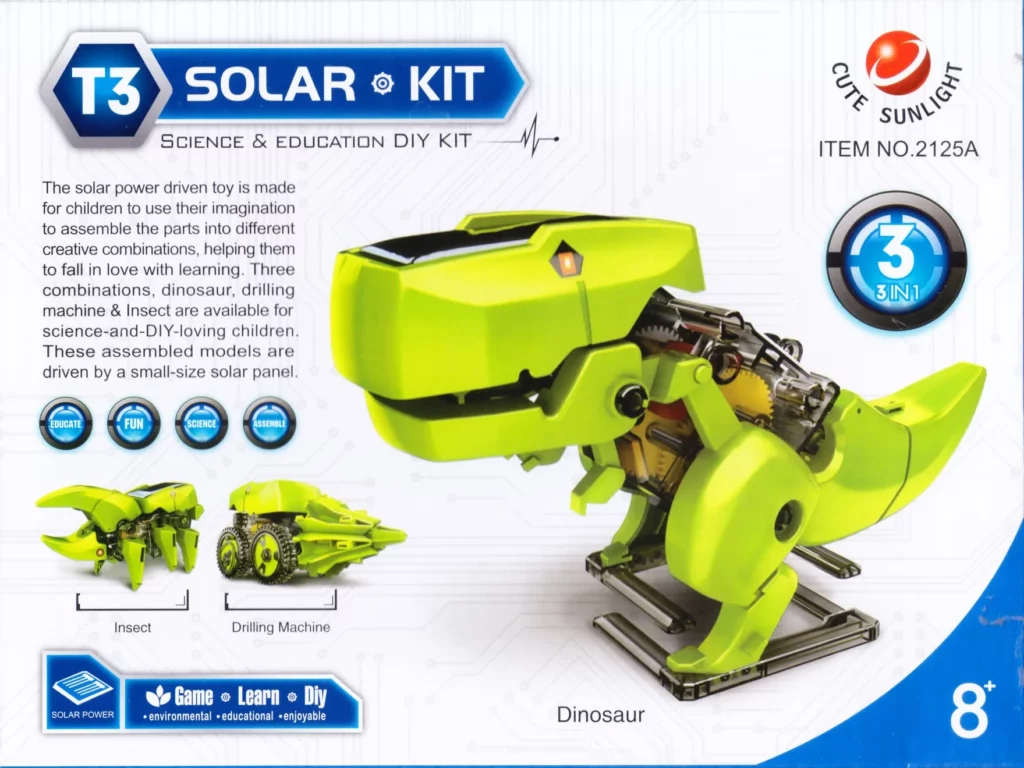International Proficiency Qualification in Robotics (IPQR)
https://www.youtube.com/watch?v=sSOGsxuIdCk
The ITA International Proficiency Qualification in Basics Robotics is designed to measure the performance in build small robot. This course is primarily aimed at anyone interested in robotics technology. This is a basic course and divided in to 4 levels. The course is based on the CIE (Chinese Institute of Electronics) Robot Technology Evaluation Guideline.
L1 can understand simple mechanical structures, understand the concepts of levers, gears, wheels, and shafts, know that there are different types of gears, and that a large gear can accelerate a small gear while a small gear can decelerate a large gear. understand that levers can be both labor-saving and labor-intensive.
L2 can connect the motor and battery box together, correctly install the battery, understand the structures of cam, ratchet, crank, connecting rod, etc., and be able to combine these structures with the motor.
L3 can use blockly programming tools, understand the basic components of programs, write programs for open source hardware, turn on or off pins of open source hardware, light up LEDs, and drive motors.Understand the concepts of analog signals and digital signals.
L4 can understand the concepts of sensors, variables, and functions, measure distance using ultrasonic sensors, drive servos, and complete the production of an obstacle avoidance intelligent robot
Procedure
Here the layout and procedure of the exam
1.The hardware required for the exam needs to be prepared by oneself
2.A qualified and licenced ITA Basics Robotics Chief Examiner needs to be present in the room and observe the examiners.
3.The exam can not be done outside. It has to be done in a room.
4.A one-on-one exam can be done via a video call.
5.Any external disturbance should be eliminated.
6.Every examiner needs to have a list of the candidates.
7.The topic(What kind of robot do you need to make) will be provided by the Chief examiner.
8.The examiner can not assist in answering the questions.
9.The Chief examiner will collect all the lists with the names and scores of each candidate.
10.The total score will be analysed by the Chief Examiner and a certificate will be provided either on the same day or a later day for each student.
11.The certificate will indicate the final result of the student.
12.Each student needs to show an ID which can be a national ID, passport or student ID. The ID number and what kind of ID is provided needs to be on the list of names.
Examination Fee
The examination fee is only 20 Euro for L1 or L2 per participant plus the costs of transport for the Chief Examiner.
The examination fee is 50 Euro for L3 or L4 per participant plus the costs of transport for the Chief Examiner.
Please Note: The cost for transport might not be charged, depending on the location and available examiners.
Cost of Robots

T3 Solar Kit (Item No. 2125A)
The solar power driven toy is made for children to use their imagination to assemble the parts into different creative combinations, helping them to fall in love with learning.
Price: tba

Solar Robot 12 in 1
The solar power driven toy is made for children to use their imagination to assemble the parts into different creative combinations, helping them to fall in love with learning.
Price: tba
Chief Examiner

Mr. Cheng Chen, ITA Senior Manager in Education
Mr. Cheng will be responsible for the correct implementation of the exam structure and will also be the leading Global Chief Examiner for ITA.
Mr. Cheng has published more than 50 books on robotics, open source hardware, and computer programming and is also an experienced STEM teacher.
He has patents on nearly 100 machines.
Mr. Cheng has been teaching robotics and programming in over 200 schools in different countries.
